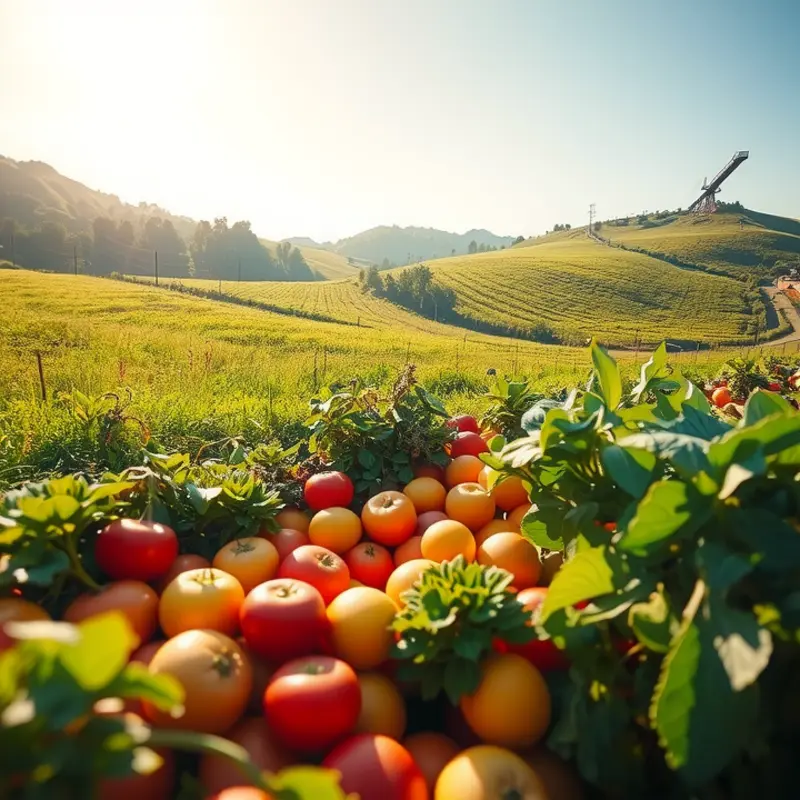Food containers can be repurposed in various innovative ways to keep food fresh and reduce waste. Whether it’s tupperware, glass jars, or even takeout boxes, understanding how to safely reuse these items is essential for preserving food quality while being environmentally conscious. By following a few simple guidelines and tips, you can ensure that your homemade meals are stored safely, helping you make the most out of your resources and contribute to a sustainable lifestyle.
Choosing the Right Containers for Reuse

Selecting the right materials for food storage is critical to ensuring safety and minimizing waste. When it comes to reusing food containers, glass, plastic, and metal each present unique advantages and concerns.
Glass containers are highly recommended for their durability and inert nature. They do not absorb odors or stains and are safe for both hot and cold storage. Glass is non-porous, making it resistant to leaching chemicals into food. It’s also safe for use in both the dishwasher and microwave. However, it’s crucial to inspect glass containers for chips or cracks, which can compromise their integrity and safety.
Plastic containers offer lightweight convenience and affordability. Yet, not all plastic is suitable for prolonged reuse, especially with hot foods, due to the risk of chemical leaching. When selecting plastic containers, look for those labeled BPA-free. Check for a recycling code on the bottom—prefer numbers 2, 4, and 5, which are considered safer. Avoid using containers that were intended for single use, such as yogurt or takeout containers, as they may not withstand repeated washing or heating without degrading.
It’s essential to monitor plastic containers for any signs of warping, scratches, or cloudiness. These imperfections can harbor bacteria or indicate that the material is beginning to break down. When storing hot food, let it cool slightly before transferring it to a plastic container to minimize the risk of leaching.
Metal containers, particularly stainless steel, are another excellent option. They are robust, do not leach into food, and are perfect for storing dry items. However, they are not microwave-safe and can impart a metallic taste if used to store acidic foods for extended periods. Ensure that any metal containers you use are rust-resistant and food-grade quality. After each use, check for dents or rust, which can affect the integrity of the container.
For those interested in exploring meal preparation with healthy recipes, such as a delicious Mediterranean chickpea salad, considering storage options that retain food freshness is crucial. Explore this refreshing recipe for food prep inspiration and pair it with containers that best suit your needs.
In summary, selecting the right material for food storage is a careful balance of understanding the properties and limitations of each type. Regularly inspect your containers for wear or damage to maintain the highest level of food safety. A well-selected container not only protects your meals but also participates in reducing waste, embodying the principles of both safety and sustainability.
Safe Practices for Storing Food

Reusing food containers is an environmentally friendly practice, but it’s crucial to do so safely to prevent foodborne illnesses. Proper cleaning is the first step in ensuring safety. Whether your containers are plastic, glass, or stainless steel, ensure they are thoroughly washed with hot soapy water. For plastic containers, consider using vinegar or a baking soda solution to remove stubborn odors.
Avoid cross-contamination by dedicating specific containers to certain types of foods. For example, never store raw meats in containers that will later hold ready-to-eat foods without washing them first. This precaution helps prevent harmful bacteria from transferring.
Understanding the storage life of different foods is critical. Most leftovers can be safely stored in the refrigerator for three to four days. Use the first-in, first-out (FIFO) method to minimize waste. Place newer containers behind older ones so that you consume them in the order they were stored.
Labeling containers can greatly enhance this process. Include the name of the food and the date it was prepared. This simple step not only helps keep track of storage times but also aids in meal planning.
Temperature control must be a priority to maintain food safety. Refrigerators should be kept at or below 40°F (4°C). For hot foods, allow them to cool slightly before placing them in containers and refrigerating, as this prevents raising the fridge’s internal temperature.
Managing your refrigerator’s organization can also help. Keep raw meats on lower shelves to prevent any drips from contaminating other foods. Store containers of leftovers towards the front so they are visible and consumed before they spoil.
If you are focusing on diets like keto, consider using containers with measured portions that align with your nutritional intake goals. This is especially useful when preparing meals like keto egg muffins for easy breakfast meal prep. They offer a convenient way to maintain portion control while ensuring freshness.
Through these practices, not only will you be minimizing waste, but also ensuring a safer and healthier food storage system in your home. By adhering to these guidelines, reusing food containers becomes a sustainable and secure option for all households.
Final words
Reusing food containers offers an excellent opportunity to conserve resources while ensuring your food remains safe and fresh. By selecting the right types of containers and implementing sound storage practices, you not only reduce waste, but you also play a part in promoting sustainability within your home. Adopting these practices can enhance your food management efforts, leading to healthier choices and a lower environmental impact. Remember, a little diligence goes a long way in making the most of what you have before it leads to waste. Make it a habit to incorporate these strategies into your home management for a greener future.







